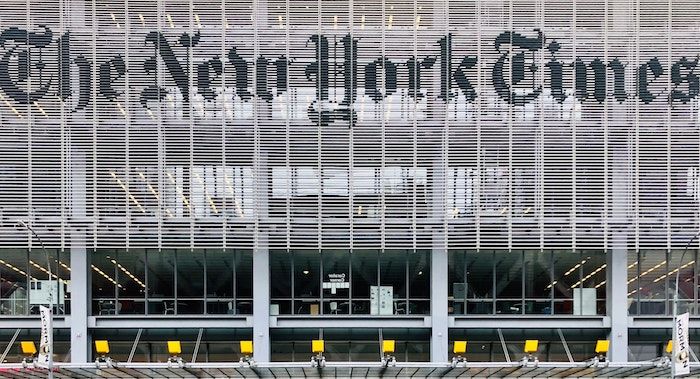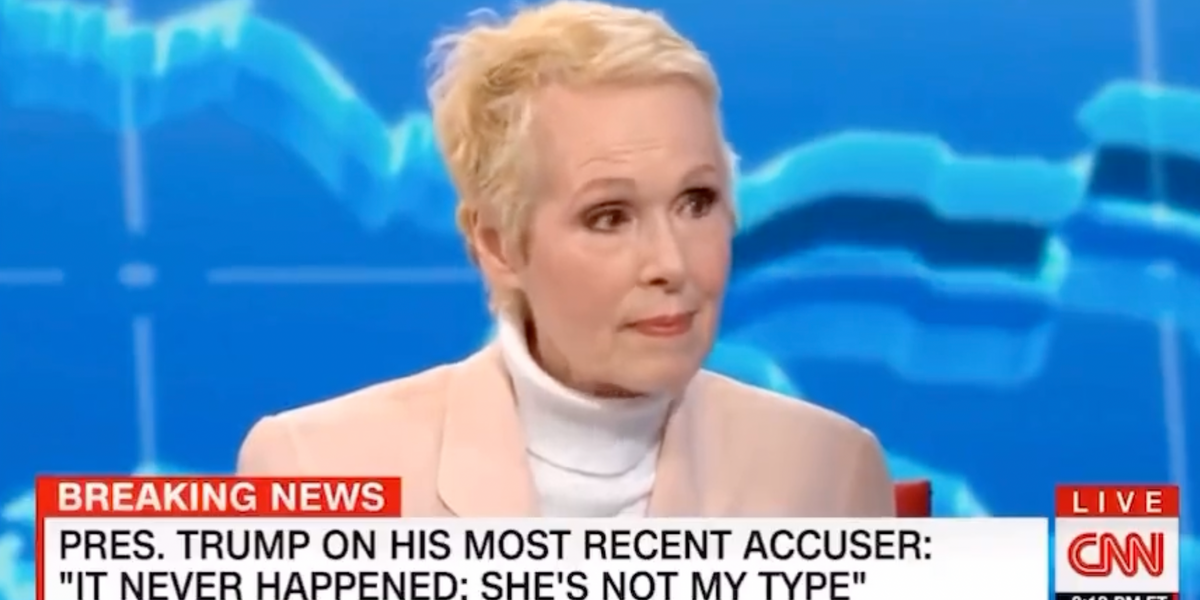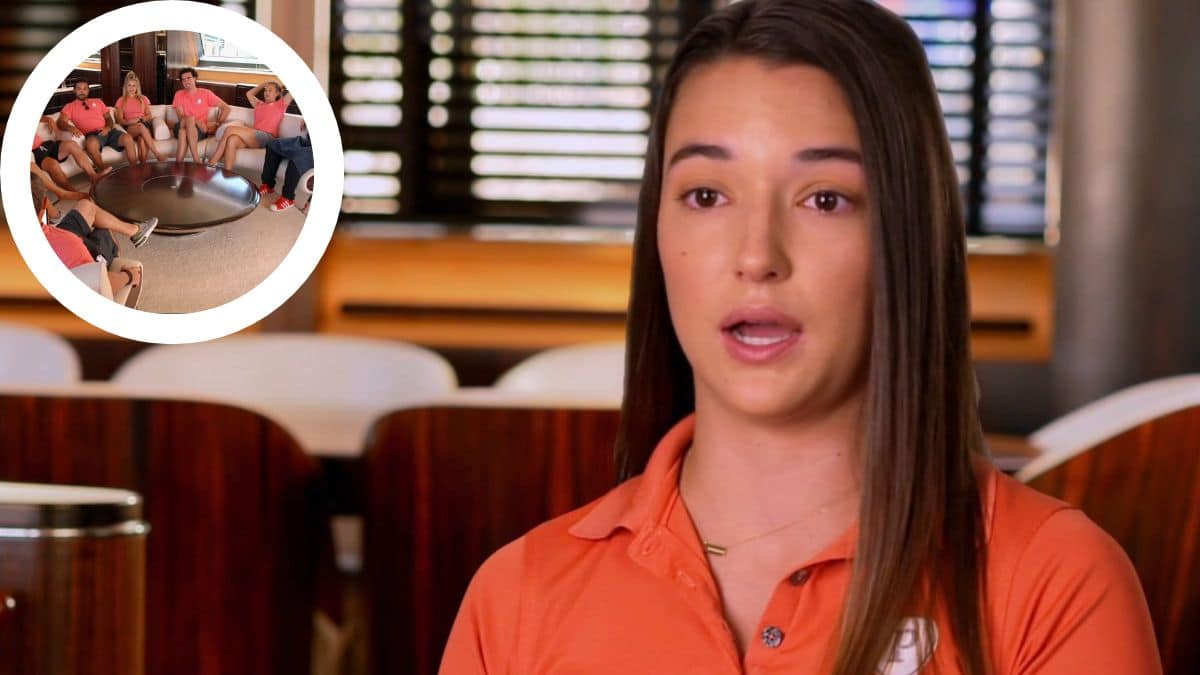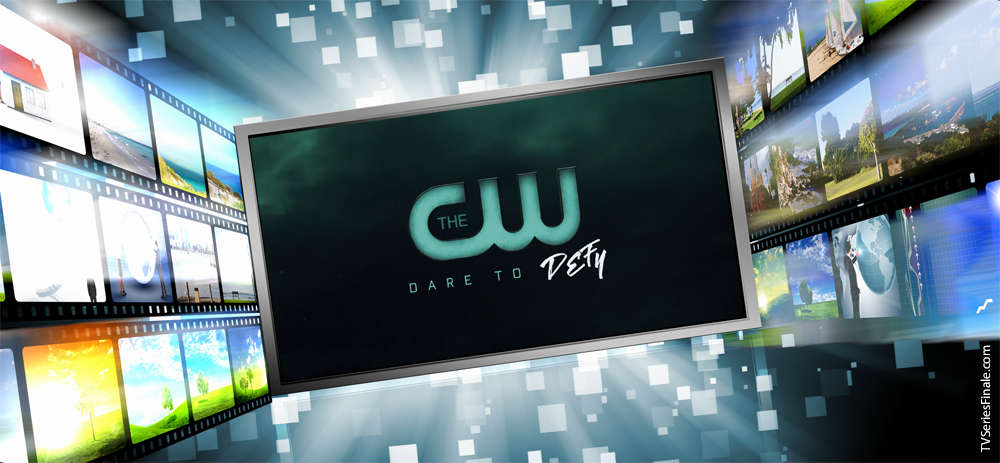Wood always preferred kinetic energy to prettiness, and carried this philosophy to extremes if the director encouraged it. In addition to serving as a DP on low- and mid-budget projects in the ’70s and early ’80s, Wood was a cameraman on William Friedkin’s 1985 cops-on-the-edge thriller “To Live and Die in L.A,” working for cinematographer Robby Muller. It was a down-and-dirty production that rarely did more than four takes of any given shot, and that sometimes rolled on rehearsals without telling the actors. As a DP, Wood seemed to enjoy staging action that forced the camera to get into the middle of things alongside the actors and stunt performers. The skydiving sequences in “Terminal Velocity” are the main (perhaps only) reason to see it. The camera rigs attached to parachuting actors, stuntpeople and camera operators would be employed in similar action scenes in other people’s projects, and for years afterward, you’d see “Terminal” skydiving footage being licensed for re-use in TV shows that couldn’t afford to shoot their own skydiving scenes. Many of the action scenes in “Ben-Hur,” including the chariot racing, contain shots taken with tiny GoPro cameras. They have the shuddering, flickery feeling of skateboarding or dash-cam videos.
Wood’s first job as cinematographer was 1969’s “The Honeymoon Killers,” a project originated by the young Martin Scorsese. According to Wood, Scorsese was fired after a week because he was shooting “wide master shots, too slowly, meticulously and expensively for the producers” and was replaced by the film’s writer, Leonard Kastle. To protect himself, Kastle, and the story, and get through the production fast, Wood tried to “cut the film in-camera” on the set—i.e., shoot only the pieces that were needed to edit together scenes in the way that the filmmakers had decided in advance that they wanted, and avoid shooting alternate angles and additional takes that producers could use as “options” to re-cut the movie their own way. Wood told journalist Robert Cashill in 1997 that when he watched “The Honeymoon Killers” again, decades after working on it, “I can see the cinematography crystallizing till it gets to a point where I say, ‘Ah, that’s me–that’s my style emerging.’”
Wood rose to the top of his trade in 1986 when Michael Mann, the executive producer of “Miami Vice,” hired him to be the supervising cinematographer on seasons three through five. “Vice” was shot all over South Florida, mainly in existing locations that had been chosen for their strong architectural personalities, but the world wasn’t supposed to look “real”—more like hyperreal or expressionistic. Mann wanted a neo-noir look that made the city’s lurid colors seem to shimmer. Wood delivered, framing and lighting Miami neighborhoods, commercial storefronts, and government buildings so that each seemed as if it could be either an art installation or a set from one of the 1960s neo-noirs that made Wood want to get into movie-making as a teenager back in England. (He started out as an assistant to John Boorman, who directed the classic “Point Blank,” and viewers continued to see Boorman’s influence on Wood’s framing and lighting.)
























































![Key Metrics for Social Media Marketing [Infographic] Key Metrics for Social Media Marketing [Infographic]](https://www.socialmediatoday.com/imgproxy/nP1lliSbrTbUmhFV6RdAz9qJZFvsstq3IG6orLUMMls/g:ce/rs:fit:770:435/bG9jYWw6Ly8vZGl2ZWltYWdlL3NvY2lhbF9tZWRpYV9yb2lfaW5vZ3JhcGhpYzIucG5n.webp)


















